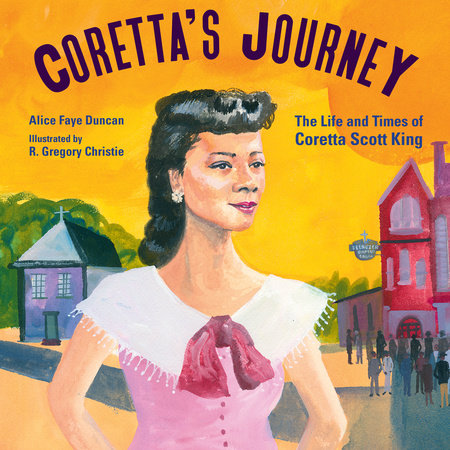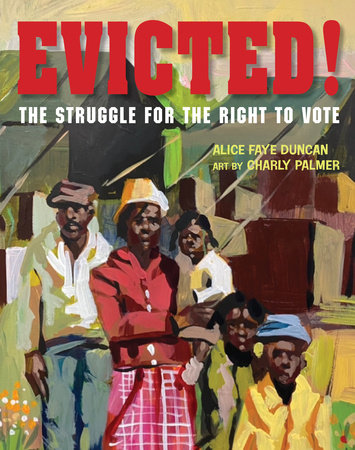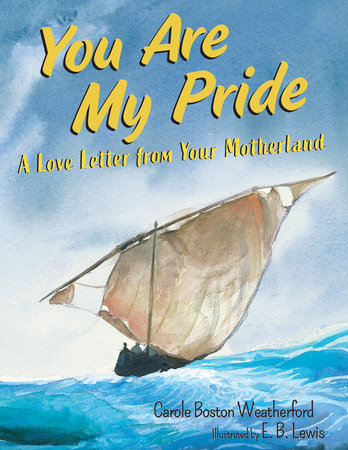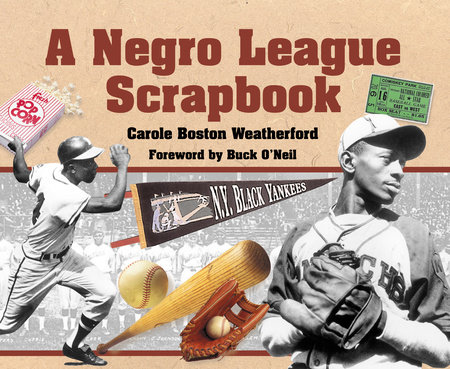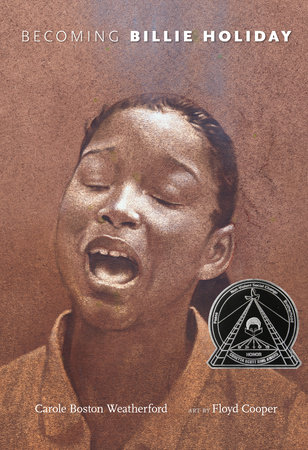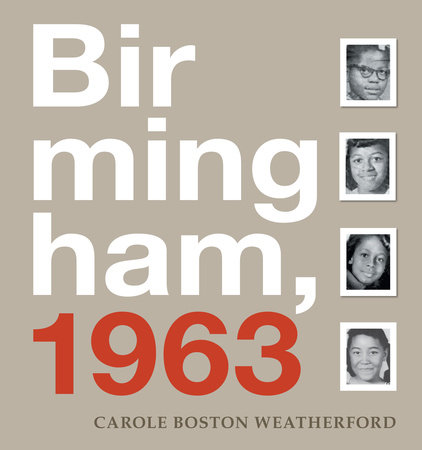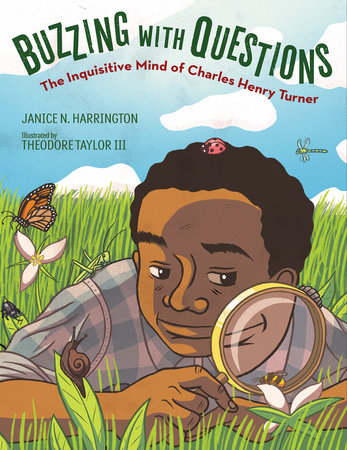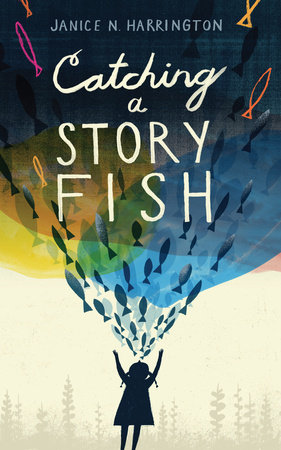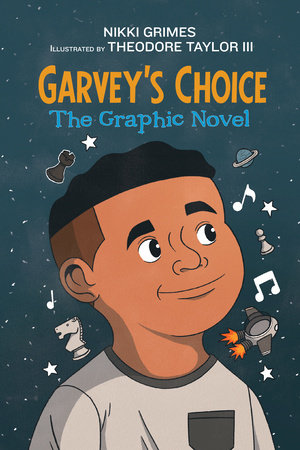Advice for Young Creatives from Award-winning Children’s Book Creators

In honor of Black History Month, we asked some of our most prolific and talented authors and illustrators what their advice is for people who want to break into the book publishing business. This advice is intended for the young—or the young at heart!—and we hope it’s an invitation for all to be bold, practice your art, and share your talents with the world.
Advice from Author Alice Faye Duncan
For inspiration? Aspiring picture book creators should read Black Classics. My favorites include HONEY I LOVE (Greenfield/Dillion) MOSES (Weatherford/Nelson) and NAPPY HAIR (Herron/Cepeda).
Writers should study a wide range of topics in picture books to get an idea of what is possible. They should experiment using various poetry forms and points of view. Writers write. So, make writing a daily practice. If you work a full-time job, reserving time to practice your craft is essential. Without practice, your dream will remain a dream.
Picture book illustrators must experiment with a variety of paints and mediums. Be open and willing to always try something new. Why? Young readers, along with parents and teachers stay in pursuit of picture books that incorporate inspiring messages with breath-taking art.
Writers and illustrators acquire individual style and a singular voice over time, years, decades. Therefore, surrender to the creative process. Don’t rush the spirit. Great books will be your reward.

Advice from Author Carole Boston Weatherford
The best advice that I can offer is to develop a strong premise that distills your story to one sentence that conveys what the protagonist must overcome to reach a goal. Thus, the premise will drive the plot and provide a moral compass for your characters. The premise should be brief (25-35 words, in the present tense, and understandable by a 15-year-old. A good premise is provocative, contains a character, a conflict, and a hook that you and your readers can be passionate about, and reveals a larger world. A strong premise is distinguished and unique yet feels universal and familiar. It may recall other stories and pose a “what if” question. A great premise can hook agents and publishers and guide readers through your story.
- Develop your authentic voice or style. Be true to the subject matter and to yourself.
- Network in a supportive, virtual community of children’s book creators. Be an involved member.
- Join a local or online critique group for constructive feedback as your manuscript and or illustrations develop.
- Get schooled by joining organizations and attending conferences and workshops.
- Buy, borrow or browse quality children’s books: classics, award-winners, under-the-radar gems, and titles by new talent.
- Support literacy advocates and Black booksellers.
- Write what you like to read. If you’re a fan of humor, write funny stories. If you devour fact-filled titles, write nonfiction. If you like to read about make-believe realms, write fantasy or sci-fi. And so on.
- Always have a manuscript on submission. If you don’t submit, you can’t land a deal.
- Be patient. Don’t submit manuscripts prematurely and don’t rush your development.
- Don’t give up!
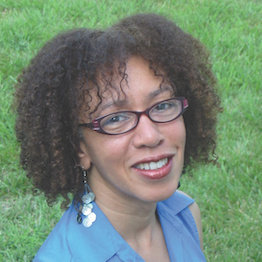
Advice from Author Janice N. Harrington
How to break into the world of children’s authors? Start by writing. And then sharpen the blade. Find out as much as you can about writing and the children’s book biz: join the Society of Children’s Book Illustrators and Writers (SCBWI). Attend SCBWI conferences and workshops. They give you a chance to meet other authors as well as agents and editors. Learn about the writing groups in your local community or why not start one? Look for writing classes or professional talks. Search online for resources that support and promote Black authors such as The Brown Bookshelf. Next—nobody does it alone—build your support system. Start a writer’s group. Build your own at-home library of writing resources and children’s books. And build a space for writing in your life, even if it’s only 15 minutes a day. Make a commitment to yourself as a writer. Then find a Beta Reader, that person you can trust to give you honest feedback, a person you feel comfortable arguing with and listening to. Support other Black writers, whether they are beginners or long-time professionals. If you help to build an audience for Black children’s books, you’re also building an audience for yourself. Finally, make a commitment to keep writing. Shake off your doubts and ignore the doubters. This Japanese proverb offers advice that I live by—Fall down seven and get up eight—don’t quit!
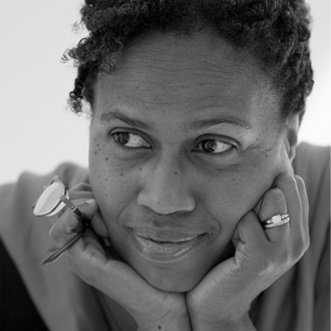
Advice from Illustrator Theodore Taylor III
I think the most important thing for me when it came to becoming an illustrator was finding my voice. And I found that voice by working on projects and personal work that fit with my interests and other topics I cared about. In school we had a lecture by artist Barron Storey where he told us to “draw what we know”, because when you draw what you know people can see and appreciate the authenticity in it. There is something to be said about being pigeonholed into certain types of work as a Black illustrator which can be a negative. But having the opportunity to bring authentic, diverse stories to the mainstream is always a plus. One more thing; know that book illustration is a lot of hard work! But also be sure to enjoy what you do, even when it gets rough. It shows.


